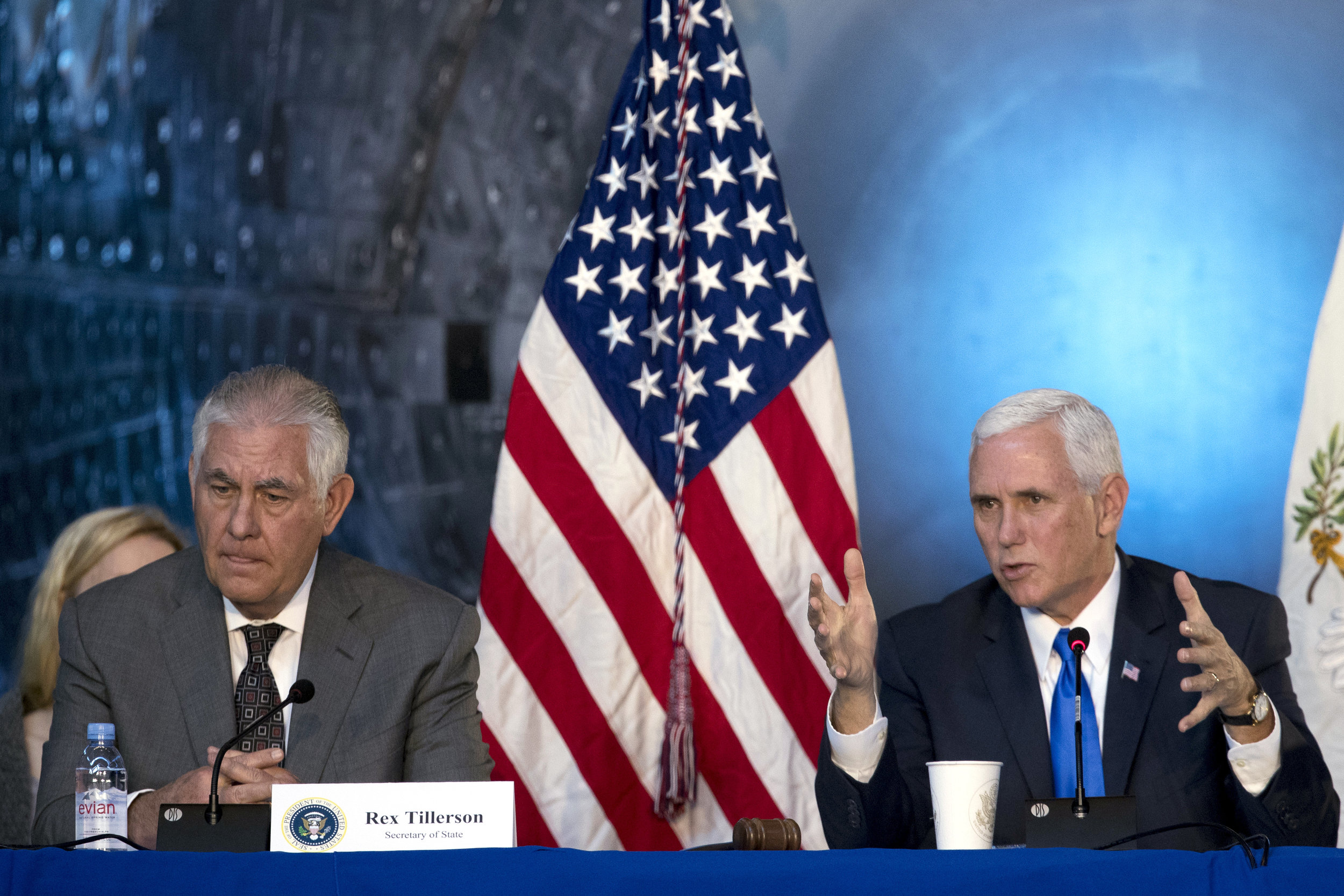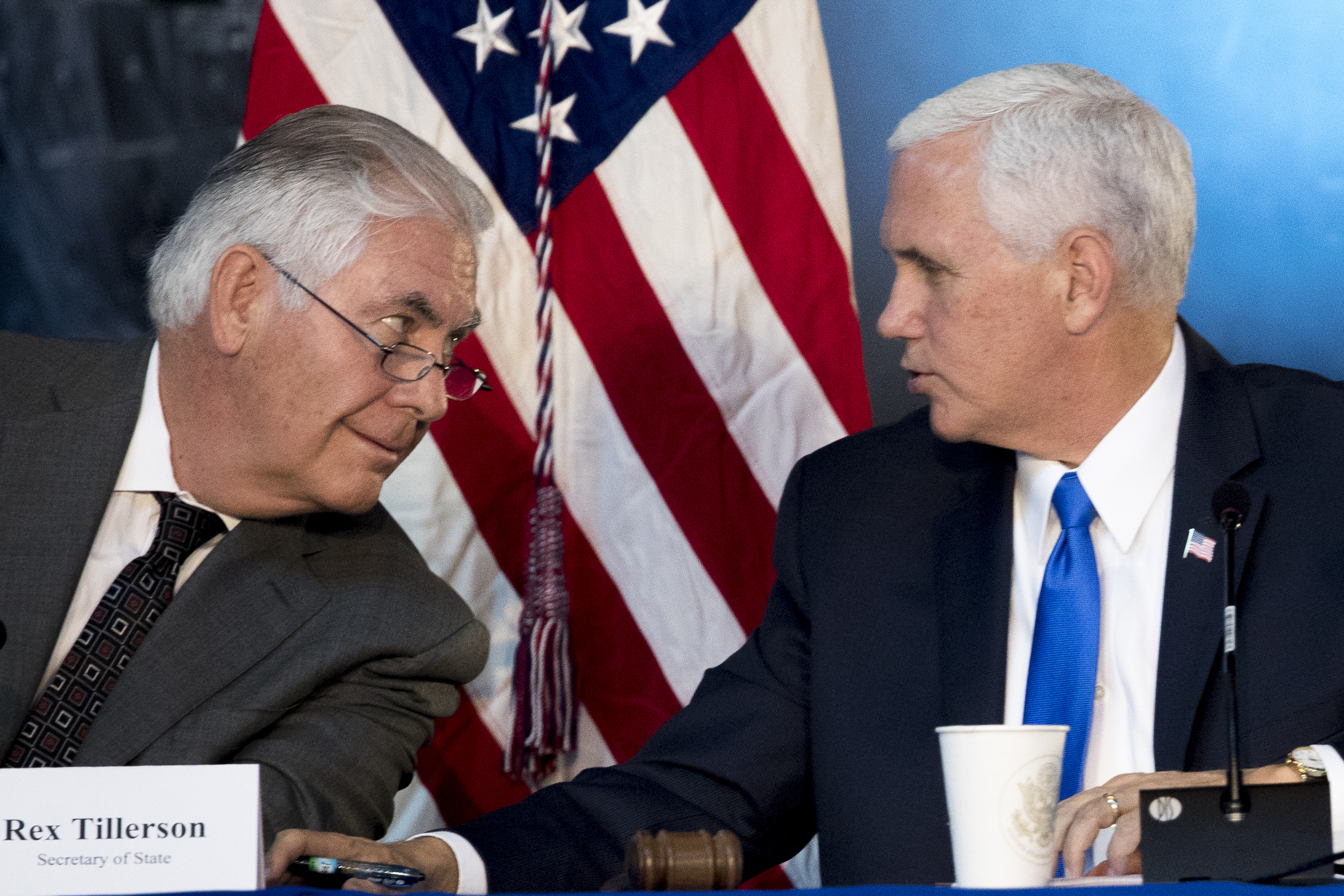Theorist Suggests Seeding Life on Exoplanet 12,000 Years Away
/With the concept of colonizing Mars and the Moon are becoming more popular, some scientists are even considering a type of Hail Mary play: seeding life on planets way, way out there.
Doomsday Hedge vs Panspermia
To hedge against A.I. taking over the Earth, a backup colony on the Moon or Mars may still be close enough and vulnerable to attack. So, successfully starting something far away may have higher chances of survival albeit at a higher risk of failure getting there.
German theoretical physicist, Claudius Gros, from Goethe University believes seeding life is more important than building colonies and that we have the technology to do it.
Well, why not try both? The closest viable exoplanet would take us about 12,000 years to get there, so we could have colonized our entire solar system by then right?
Gros proposes using laser propulsion technology, like Stephen Hawkins' Breakthrough Starshot probe, which can travel up to 100 MILLION miles per hour, but instead using a much heavier 1.5-ton spacecraft traveling much slower. With this payload capacity, we could orbit an exoplanet by dropping "mini-labs" to grow genes and cells to kickstart human life. Gros' target is TRAPPIST-1 but the recently discovered Ross 128b is also an option.
Hypothetical Problems
Riding a laser beam with a light sail to get there fast is fine but what about stopping? To actually slow the spacecraft down enough to fall into planetary orbit, Gros proposes a magnetic drag sail. Acting like a parachute in space catching just photons of light.
“The reason for the magnetic sail is to create a magnetic field without loss of energy. You don’t want to expend energy, so you generate the field once, and then with a superconducting loop, the current stays forever, and the magnetic field stays forever.” Claudius Gros, German theoretical physicist
The above depicts an ionized proton (blue) undergoing deflection via magnetic field (magenta). Image credit: Journal of Physics Communications
The sail would need to be 31 miles in diameter to stop the 1.5-ton ship but it would require the entire journey to take 12,000 years!
After the 12,000-year trip, "any life would take many billions of years to mature," Gros said.
I don't know about you guys, but that's a deal-breaker for me. Why don't we reverse engineer UFO technology and travel through time-space dimensions instead? Blink 182 band member, Tom DeLonge, just announced he's partnering with key former members of our "secret" space program to build such a craft from scratch in 8 years. (ToTheStarsAcademy.com)
Investing in advancing transportation technologies may be a much more viable and practical solution as it can make the impossible possible. Such energy technologies could be very clean and efficient, thereby replacing dirty inefficient technologies. This could lead to a total paradigm shift, or rather require completely stepping outside the box of our preconceived notions limiting our exploration towards higher-level sciences.
Onward and upwards.
Sources:
https://futurism.com/scientist-plan-send-building-blocks-life-distant-exoplanets/

















